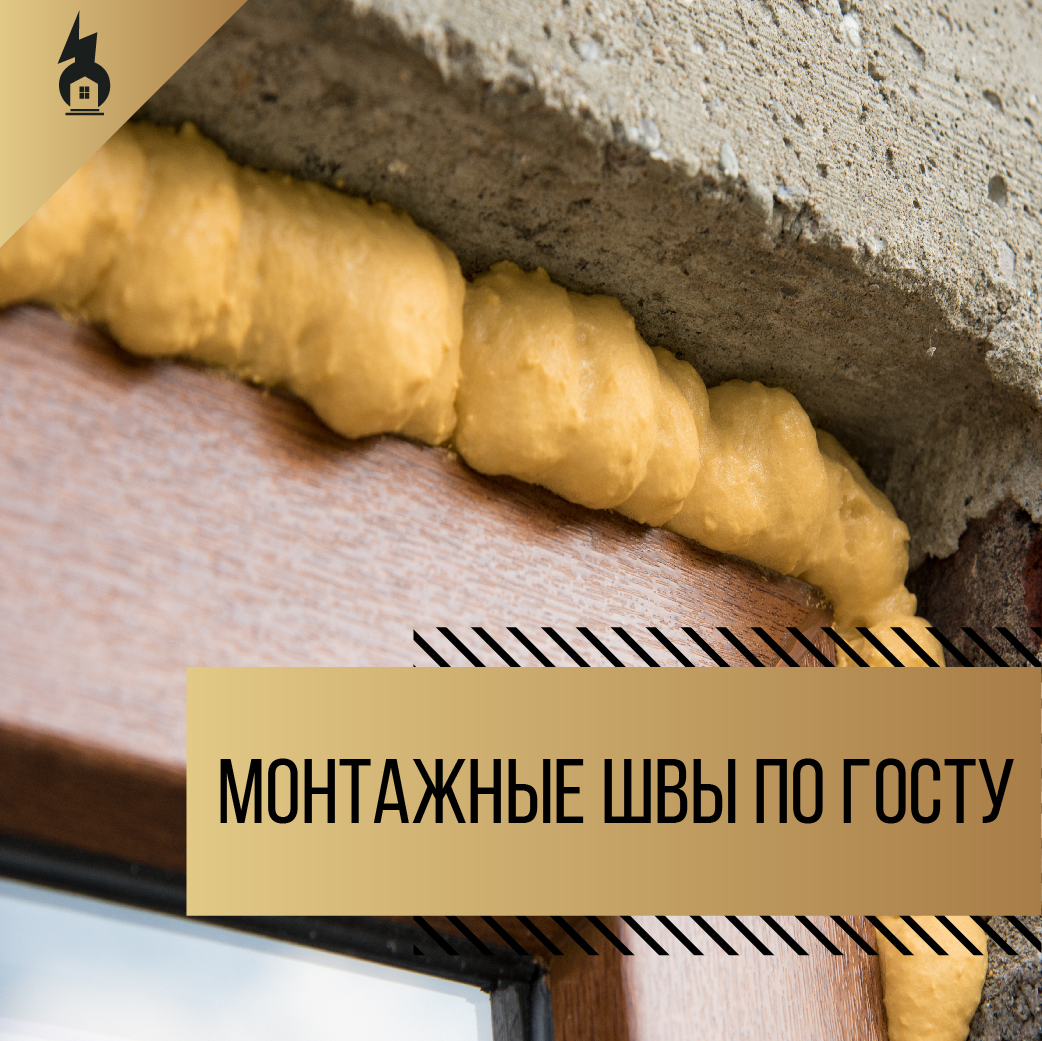Many consider the technology described below to be the most advanced: ⠀
⠀
➖ Pre-treatment of aerated concrete: primer, then STIZ-D. ⠀
➖ Window fasteners: mounting plates up to 700mm pitch, terrace exit to anchor bolts. ⠀
➖ Support pads: plastic. ⠀
➖ Waterproofing (from the street): STIZ-A vapor-permeable sealant or analogues. ⠀
➖ Mounting seam: polyurethane mounting foam. ⠀
➖ Steam insulation (from the room): vapor barrier tape. ⠀
➖ Additional sealing of connectors and expanders with PSUL tape. ⠀
⠀
@energo_doma⠀
In addition to supporting blocks, plates and mounting foam, everything else is a waste of money. ⠀
⠀
Arguing: ⠀
⠀
? Polyurethane foam is negligible. ⠀
? Foam is negligible hygroscopic. ⠀
? For internal and external decoration, the foam will be closed inside and out, which will create the same barrier as sealants. The internal slope will be denser, which means that the rule is denser from the inside than outside, ⠀
Of course, you can do it using the technology described above, it won’t be bad, but it won’t be as bad without special stages. ⠀
⠀
⚠ Conclusion ⠀
⠀
The width of the mounting seam is important both from the point of view of heat engineering, and from the position of ease of installation of window blocks and further finishing from the inside and outside. Whether to adhere to GOST, everyone’s personal affair, the argument "I have a seam of 1 cm, but there is no condensation, especially mold," often causes much more confidence than standards. Nevertheless, it is important to observe a number of installation rules that will allow you to neutralize the negative aspects of unprofessional installation of windows. ⠀



 By clicking the "Leave a request" button, you consent to the processing of your personal data and agree to our privacy policy.
By clicking the "Leave a request" button, you consent to the processing of your personal data and agree to our privacy policy.